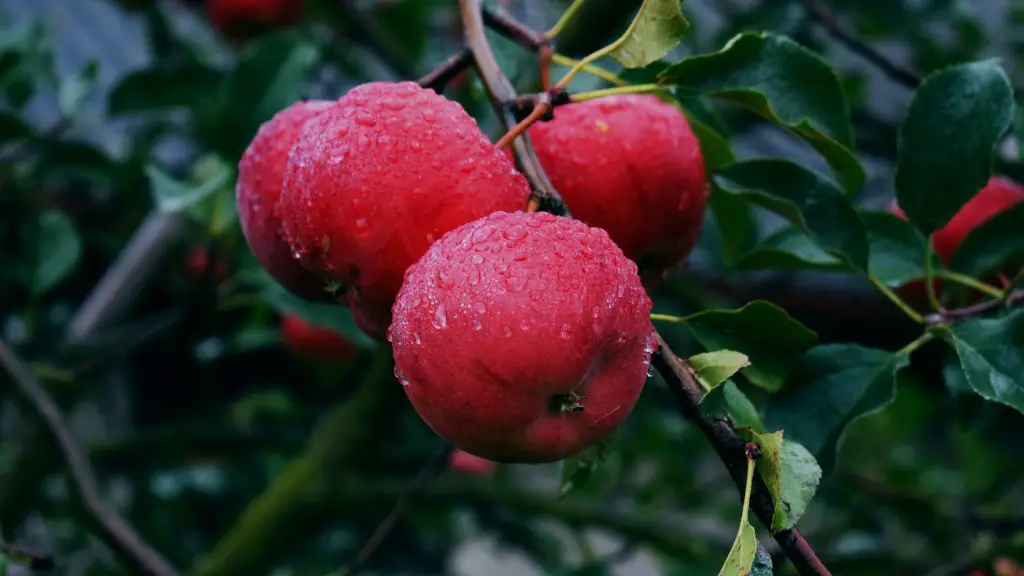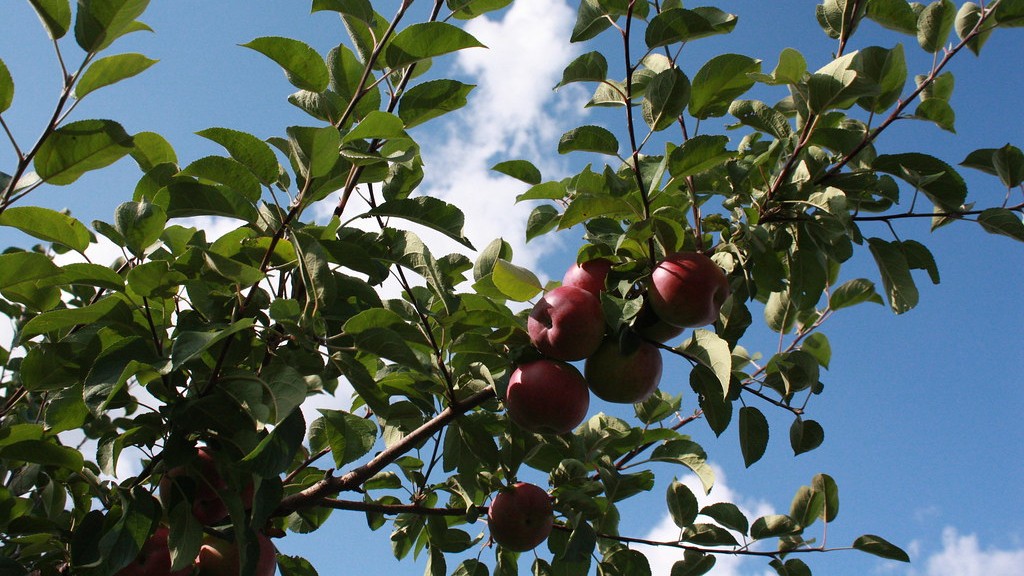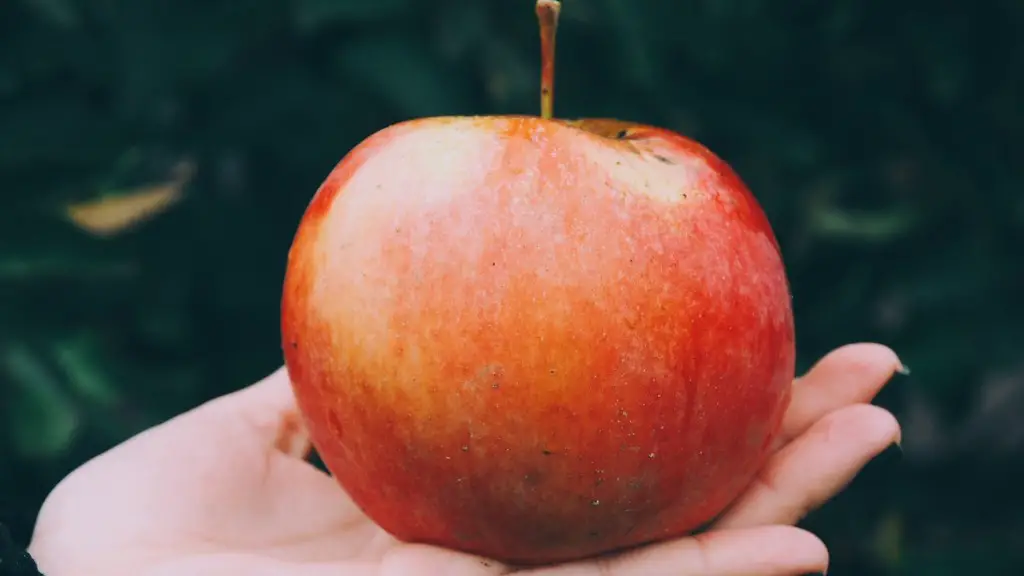What is a Dwarf Avocado Tree?
Dwarf avocado trees are a type of evergreen tree grown specifically for their edible fruits. They are small trees that can reach a maximum height of 10 – 12 feet and are usually short, wide and vigorously shrubby. The avocados from these trees are smaller than the varieties found in stores, but the flavor is rich and creamy. Dwarf avocados make an excellent addition to any garden, adding color, texture, and flavor.
Choose a Dwarf Avocado Tree You’ll Love
Before you purchase a dwarf avocado tree, research what varieties will best suit your climate. The most popular varieties, such as Hass and Wurtz, are cold tolerant and can handle temperatures as low as 25 degrees Fahrenheit. Other varieties may not tolerate colder climates. Also, consider where in your home, yard, or balcony the tree will live. Plan for it to have plenty of space to grow and get enough sunlight.
Planting and Care
Dwarf trees can be grown in containers for several years and still produce abundant, delicious avocados. Plant your dwarf avocado tree in a potting soil mix that is light, loose and well-draining. Water it regularly and be careful not to over-water it – a good rule of thumb is to water it deeply every few days. Also, keep it in a spot that gets plenty of sunlight – 6 hours a day is ideal.
Harvest and Maintenance
When your dwarf avocado tree begins to bear fruit, you’ll want to look for signs that it’s ready to be harvested. The skin will turn dark green – almost black – and there should be some give when you press the fruit. Although the tree doesn’t need much pruning, removing any dead wood and branches can help the tree look more tidy and may produce larger avocados.
Protect Against Pests and Diseases
Pest and disease problems are among some of the most common problems for dwarf avocado trees. The most common pests are scale and mealybugs, and the most common diseases are root rot and anthracnose. To protect your tree from these problems, you should inspect it regularly for signs of damage, use neem oil to treat pest infestations, keep the soil well-drained and mulch around the base of the tree.
Fertilizing and Soil Maintenance
Fertilize your tree once a year in the spring or summer with a balanced, slow-release fertilizer. The fertilizer should be specific to avocado trees, or one that is made for citrus and other fruit-bearing trees. Also, make sure to monitor the soil’s pH and nutrient levels, which can be done by sending a sample to a lab for testing.
Summer Care
During the summer, you’ll need to pay special attention to your tree. Due to the heat and dry weather, the tree may need to be watered more often. Also, make sure to protect the tree from wind, as this can cause damage to the leaves and branches. If you live in a warmer climate, you may want to protect the tree further with a shade cloth.
Preparing For Winter
When fall comes, it’s time to prepare your tree for the colder weather. The most important step is to reduce the amount of water the tree receives. This will help prevent the soil from becoming waterlogged. Reducing the amount of fertilizer you give the tree is also important, as this can cause excessive growth in the winter.
Encouraging Avocado Production
The main goal of growing a dwarf avocado tree is to produce avocados. To encourage production, you can pollinate your tree with a cotton swab or a paintbrush. Additionally, manual pollination (such as with rubber bands) can help stimulate more production. Lastly, it is important to remember that it can take up to five years for your tree to start bearing fruit.
Pruning and Cutting
Pruning and cutting can help maintain the shape and size of your dwarf avocado tree. Make sure to prune any dead or diseased branches and limbs. You should also prune back any branches that are growing too vigorously, as this can lead to overcrowding and stunt the growth of your tree. Additionally, trim any branches that are drooping too low or touching the ground.
Safely Storing and Eating Avocados
Once your tree begins to produce avocados, it is important to know how to store them safely. The best way to do this is to keep them at room temperature in a paper bag or wrap them in a paper towel and store them in the refrigerator. When it comes time to eat, remember that avocados are a type of fruit and should be enjoyed in moderation.
Using Your Avocados in Recipes
There are many ways to enjoy your home-grown avocados. You can use them in salads, sandwiches, or as a replacement for mayonnaise or butter in recipes. One popular way to use avocados is in guacamole – a savory, Latin-American dish made with mashed and spiced avocados. And when in season, you can also fry up some avocado fries for a fun, delicious snack.
Permanently Planting and Establishing Your Avocado Tree
If you decide that you’d like to keep your dwarf avocado tree permanently, you can opt to plant it in the ground. Dig a hole twice as large as the root ball, water the tree thoroughly after planting, and then mulch around the base of it. You can also consider planting more than one avocado tree – cross pollination helps to increase the chances of fruit production.
Harvesting and Selling Avocados
If your avocado tree is bountiful, you can even consider selling some of your home-grown avocados. This can be a fun way to make extra money and connect with your local farmers’ market community. When selling avocados, make sure to package and store them in ways that protect their quality and freshness. Additionally, market them with a unique spin or story to differentiate yourself from other sellers.
Conclusion: Grown Your Own Avocados
Growing a dwarf avocado tree is a great way to bring a unique, flavorful, and decorative plant into your garden. With the right care and maintenance, you can enjoy your very own home-grown avocados for many years to come.


